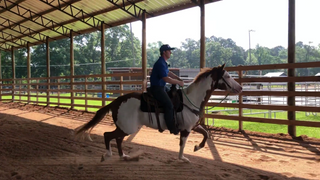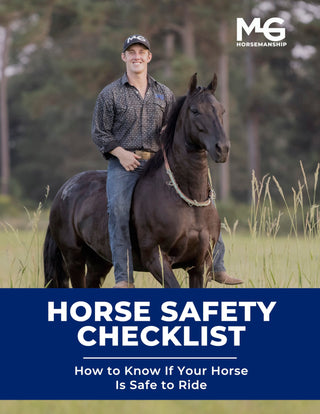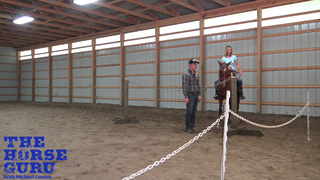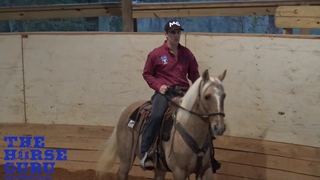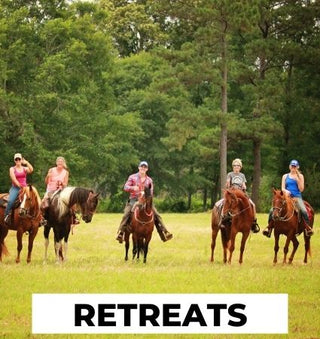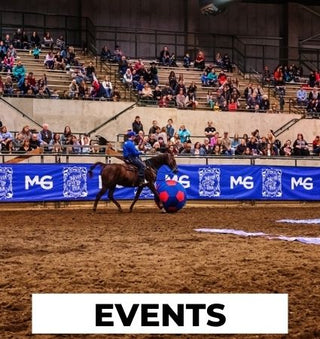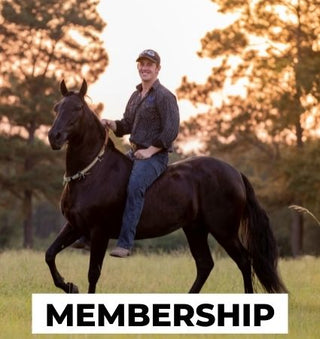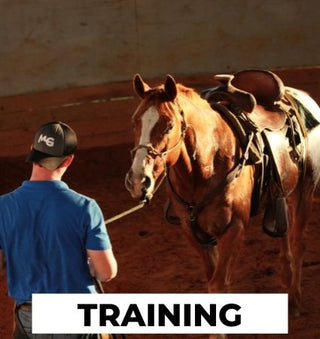Watch the Video Here or continue reading belo
Riding a young, spooky, athletic horse can feel overwhelming—even intimidating. But as horse trainer Michael Gascon demonstrates with a 3-year-old Quarter Horse colt named Chance, the secret to success lies not in brute control, but in mastering the power of redirection using left and right. Here's how to transform fear into focus and build bravery with your green or reactive horse.
Understanding the Spooky, Athletic Horse
Why spooky horses feel like a "lot of package"
Young horses, especially those that are athletic and reactive, can feel like a ticking time bomb. They’re fast, strong, and unpredictable—which can unnerve even experienced riders. But with the right tools and mindset, you can channel that energy productively. As Michael puts it, “If we gave him the chance, he’s way stronger and faster than we are.” So instead of fighting that power, the goal is to redirect it.
The Key Tool: The Power of Left and Right
Redirection instead of confrontation
When a horse spooks, your first instinct might be to shut them down. But Gascon recommends a smarter approach: use the left and right reins to softly redirect the horse. This avoids confrontation and allows you to maintain forward momentum, which is essential when working with spooky, young horses.
Whenever Chance spooks—at another horse, a handicap platform, or something unfamiliar—Michael gently turns him left, then right. He doesn't pull back hard or punish the reaction. Instead, he keeps the horse moving in a controlled, directed way.
“Every time I turned him back, we got closer and closer [to the scary object], and he couldn’t really argue with me because I was only pulling one way or the other.”
Staying Soft Yet Effective in the Saddle
Loose reins, relaxed core, clear direction
Riding a spooky horse isn’t about stiffness or force. Gascon demonstrates how staying soft and relaxed—both in the reins and in your body—helps the horse stay mentally available.
-
Loose rein: Unless redirecting, the reins stay soft and draped.
-
Relaxed core: Michael emphasizes staying loose in the core and keeping your chin up.
-
Forward intent: The focus is always on sending the horse forward, not shutting them down.
“Everything we want to do, we want to send this guy forward. Stay out of his face. The only time he gets touched in the face is when he gets redirected very quickly.”
Don’t Micromanage—Redirect Instead
Control the direction, not the emotion
It’s tempting to try and control everything when your horse is scared: their speed, their head position, their emotions. But Gascon advises focusing on just one thing—direction.
You don’t need to worry about how scared your horse is, how high his head gets, or how fancy he looks. What matters is this: Can you redirect him? That’s the foundation of control and, eventually, confidence.
Forward + Redirection = Bravery
From spooky to steady with consistency
Through repeated redirection and forward motion, even a nervous or spooky horse starts to realize that there’s nothing to fear. They stop resisting and start following your guidance.
This method helps transform your horse from a reactive athlete into a responsive partner. As Michael says, “That’s how you’re going to make your scary horse, your spooky horse, your brave heart of a horse—the little lion from The Wizard of Oz.”
Final Thoughts: Try It at Home
Redirect. Release. Repeat.
If you’re riding a young, spooky, athletic horse, don’t try to out-muscle them. Instead, follow these steps:
-
Stay relaxed in your body.
-
Use soft, one-rein redirection to the left or right when your horse spooks.
-
Keep the forward energy going.
-
Stay out of your horse’s face unless you're redirecting.
-
Repeat until the spooky object becomes a non-issue.
Stay consistent and patient, and you’ll be amazed at how brave your horse can become.

